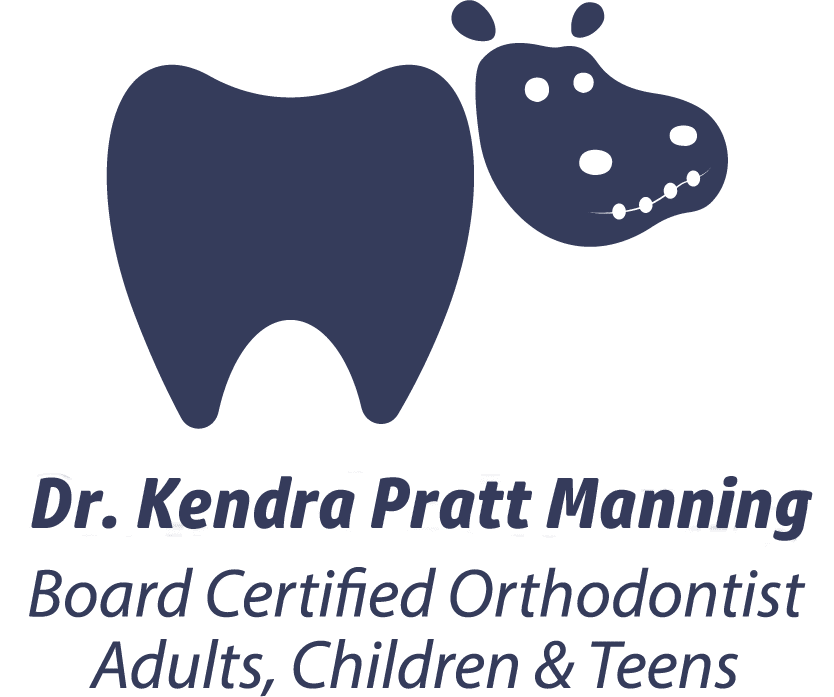
TMJ Treatment
Temporomandibular joint disorder, also known as TMJ disorder or TMD, is a condition in which the patient experiences pain or discomfort associated with the temporomandibular joint (TMJ). This joint is located on either side of your head and is what allows the jaw to move, so dysfunction in this area can lead to pain while chewing, jaw stiffness, and other symptoms, such as:
- Tension headaches
- Pain in the jaw
- Stiffness in the neck or jaw
- Discomfort while chewing
- Clicking jaw
Orthodontics for TMJ
A common cause of TMJ is having a misaligned bite. When your top and bottom teeth don’t fit comfortably together, it causes unnecessary tension. In many cases, orthodontics can move your teeth into a more optimal position, eliminating this tension and allowing your teeth to fit properly together. However, for some patients already receiving orthodontic treatment, additional TMJ treatment may be recommended by your TMJ specialist in The Woodlands.
Other TMJ Treatment Options Near You
One treatment option for TMJ is splint therapy in conjunction with orthodontics. First, a splint either part-time or full-time to realign your jaw to alleviate symptoms. Then, braces or Invisalign are used to realign your dentition to fit the corrected jaw position the splint has provided to alleviate most, or all, jaw symptoms. Most patients will continue to sleep in a night guard following splint therapy and orthodontics to protect against nighttime clinching and/or grinding (bruxism).
For a trusted orthodontist, The Woodlands, Magnolia, and Tomball, TX communities can count on Dr. Pratt Manning for TMJ orthodontics. To book an appointment, call us at 281-367-0050 (Woodlands) or 936-596-1200 (Montgomery) today!
Orthodontic TMJ Treatment FAQs
Temporomandibular joint dysfunction (TMD) causes more than just jaw pain. It can also lead to headaches and dental problems. Braces or clear aligners for TMD can help prevent this problem from happening or resolve pre-existing TMJ issues. With the right TMD treatment, you can enjoy a healthy, happy smile without the pain of TMD.
TMD is a disorder that affects the facial nerves, jaw muscles, and temporomandibular joints (TMJ). It can develop from excessive grinding, clenching and dental malocclusion. Malocclusion is when the teeth do not fit together (occlude) properly and patients have issues such as deep bites, cross bites and/or open bites.
Once you develop TMD, you may suffer from jaw pain, headaches, dental pain, and similar symptoms. You may notice clicking noises when you chew, and your jaw may become locked. Unfortunately, TMJ dysfunction can lead to significant discomfort and pain.
Orthodontic treatment for TMD can help if your TMD is caused by a malocclusion, or misaligned bite. In these cases, braces or clear aligners for TMD can move your teeth into a better location where they function properly. One of the most common malocclusions is a deepbite. Your orthodontist can level the deepbite to help teeth work more harmoniously, which prevents excessive pressure on your condylar disc housed inside of your TMJ.
However, braces for TMD will only work if the problem can be fixed by correcting your bite. If the underlying issue is stress-related clenching or grinding, orthodontics may not resolve all of the problems. These cases may be better treated with nightguards or splint therapy. The only way to find out if braces are right for you is to schedule a consultation with an orthodontist.
Along with braces or clear aligners to align your bite, you may need a nightguard, or Botox injections to help reduce the size of your jaw muscles and diminish grinding and clinching (adult patients only).
If the underlying cause of TMD is related to your tooth alignment, clear aligners or braces can typically alleviate most or all of your TMD symptoms. Because its hard to tell the underlying cause on your own, it’s important to talk to an orthodontist about your concerns and get a professional evaluation.
Sometimes, TMD can be a medical problem. For instance, TMD can be caused by fibromyalgia or arthritis. Because TMD can lead to cracked enamel tooth attrition, condylar disc inflammation and teeth issues, it can also be a dental problem. Dr. Manning can evaluate you to rule out any underlying dental or bite causes before you consult with your medical provider.
The length of time you need TMJ treatment depends on the severity of the problem. For most people, orthodontic treatment for TMJ issues will take between 9-18 months.
Because of all the grinding and clenching involved in TMD, your teeth can shift. Along with getting braces, your orthodontist may recommend using a night guard to protect your teeth from parafunctional nighttime habits like grinding or clenching.
Bite problems are a common cause of TMD. If you fix your overbite properly, you should see your TMD symptoms drastically decrease.
If you or your child are suffering from jaw pain, TMD treatment can help. To learn more about braces or clear aligners for TMJ pain, schedule an initial consultation with Dr. Pratt Manning. Please call us today or visit our website.

